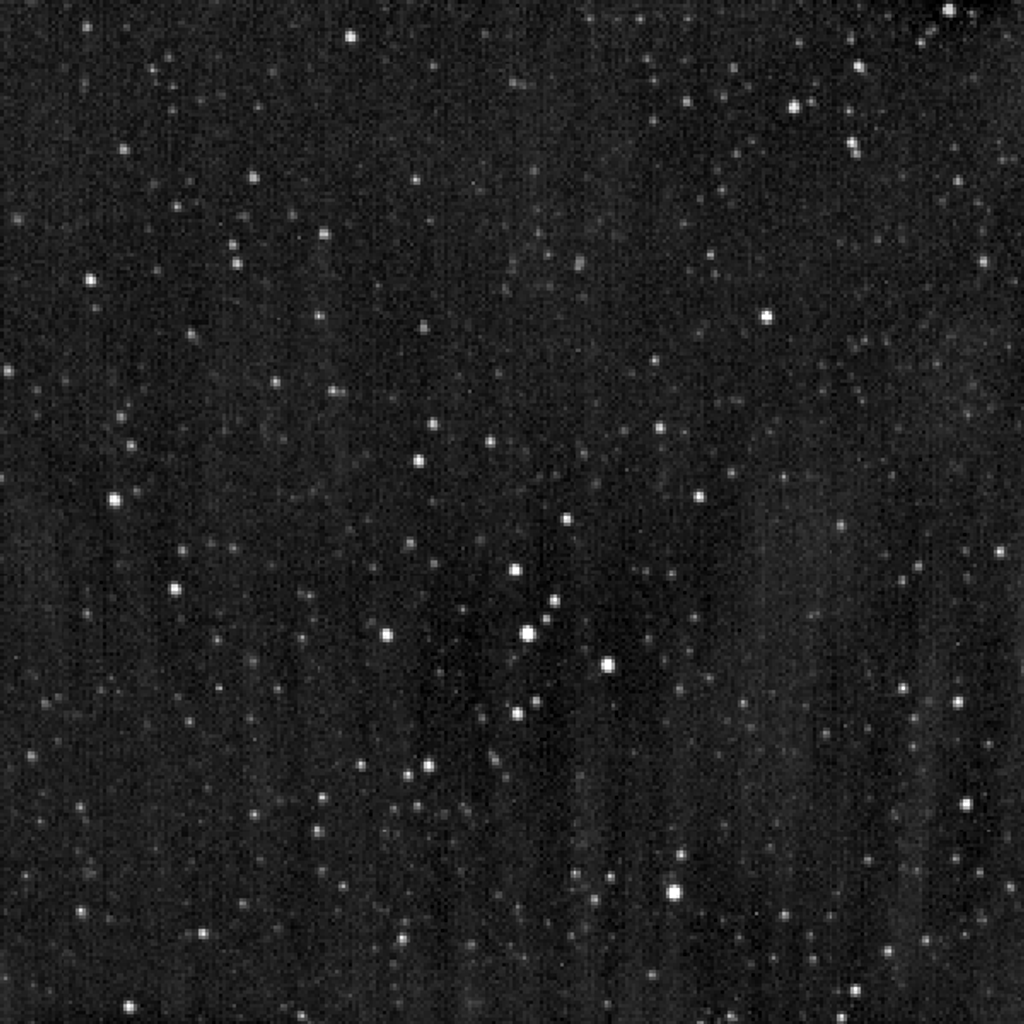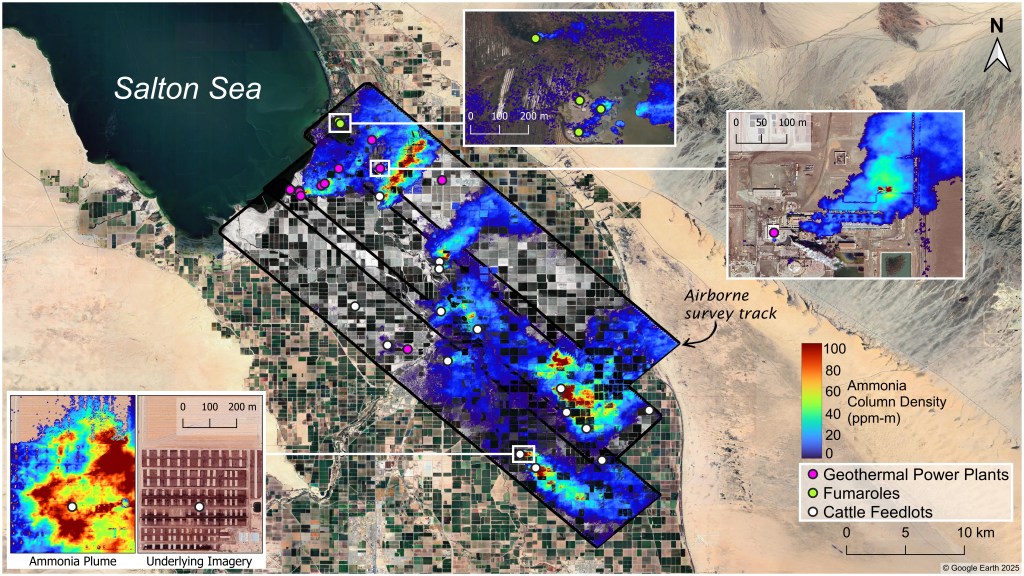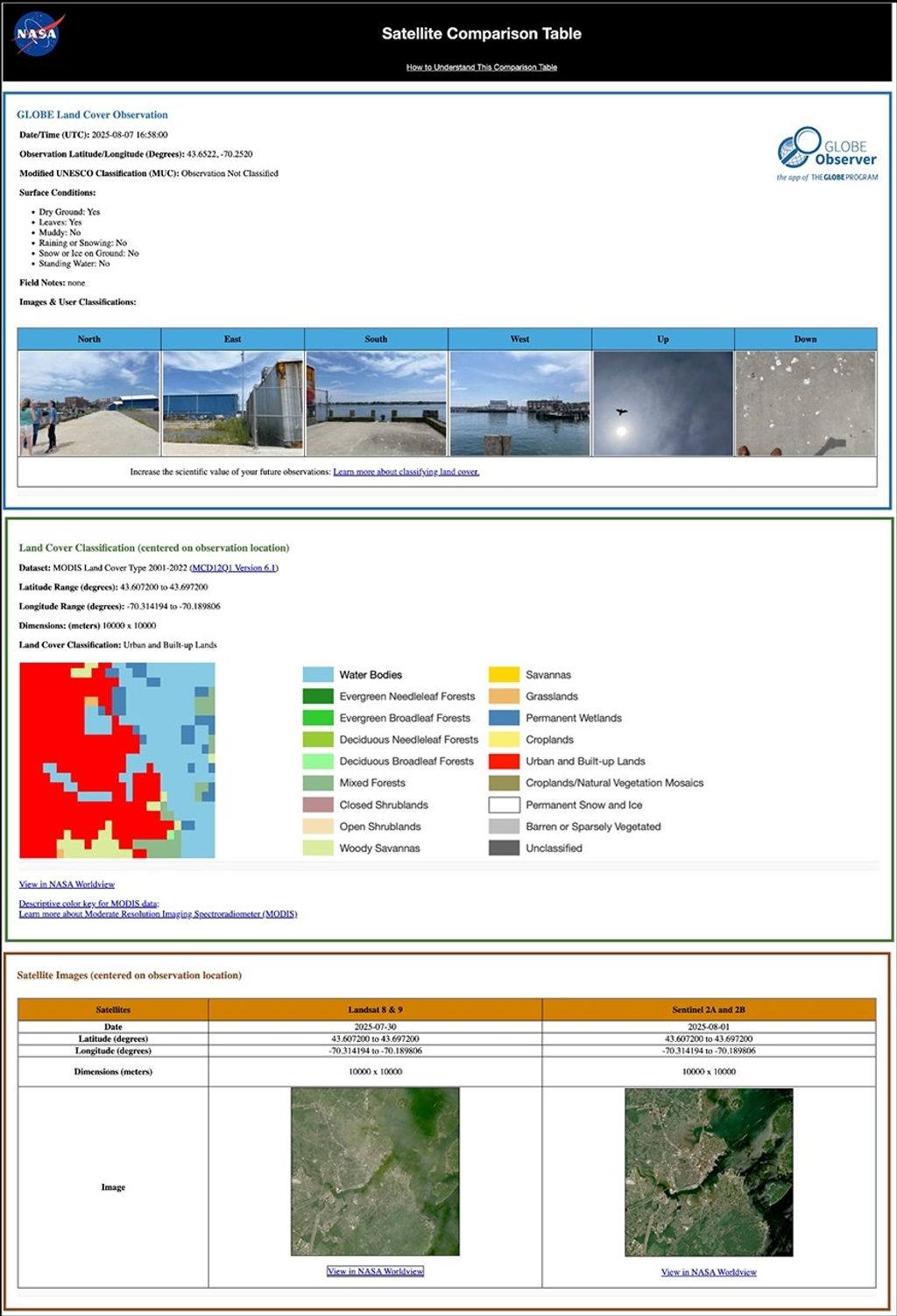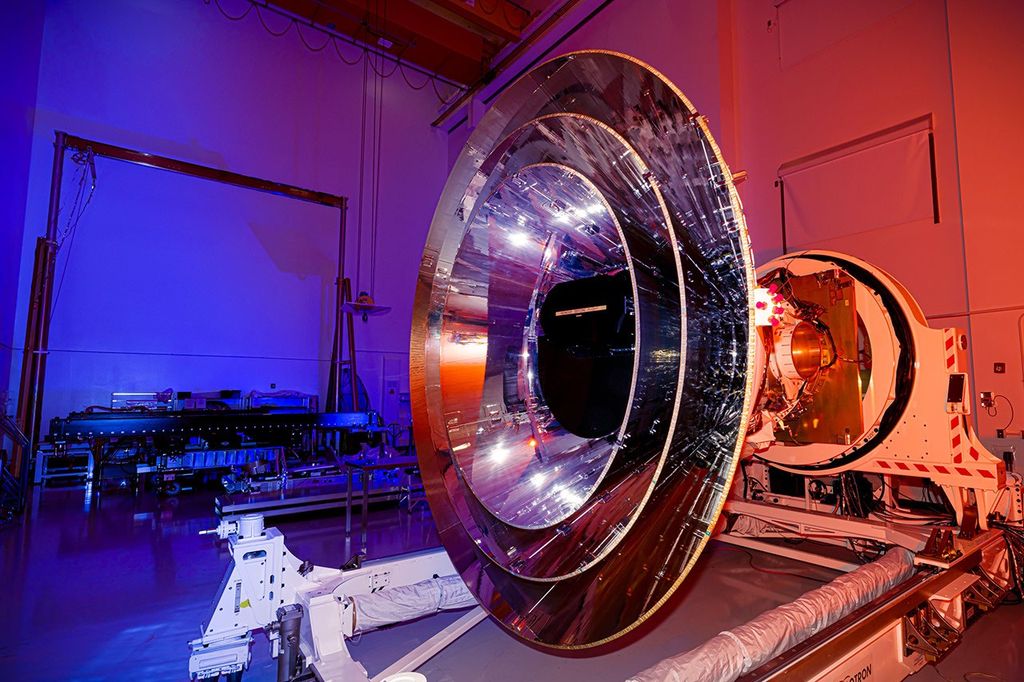NASA’s IMAP Instruments Join Spacecraft
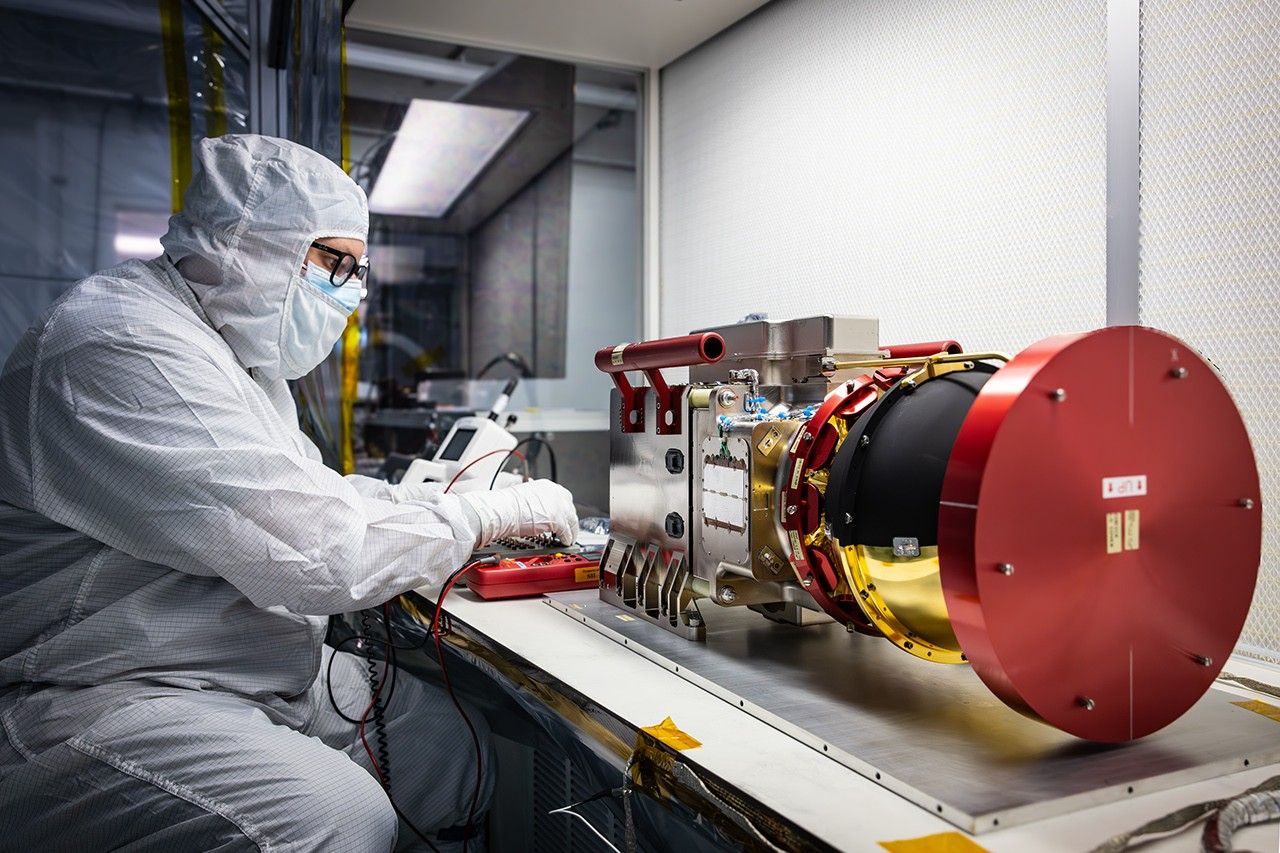
Technicians installed two instruments on NASA’s IMAP (Interstellar Mapping and Acceleration Probe) spacecraft on at the Astrotech Space Operations facility near the agency’s Kennedy Space Center in Florida. The work took multiple days and finished on Monday, June 23.
Scheduled to launch this fall, IMAP’s 10 science instruments will monitor space weather and study and map the heliosphere, a vast magnetic bubble surrounding the Sun protecting our solar system from radiation.
Earlier this year, technicians at NASA’s Marshall Space Flight Center in Huntsville, Alabama, conducted thermal testing to see how the spacecraft and payload respond to extreme heat and cold. This followed vibration testing in December 2024, which simulated the launch environment to ensure the safety and integrity of the spacecraft and payload during launch.
Before IMAP left NASA Marshall on its way to Florida, the team removed the Compact Dual Ion Composition Experiment (CoDICE) and Solar Wind and Pickup Ion (SWAPI) instruments from the spacecraft and sent them to Princeton University in New Jersey, where the instruments were originally assembled, to verify their sensitivity and calibration for the mission. Once the instruments arrived at Astrotech on June 13, technicians tested each instrument and then reintegrated them to the IMAP spacecraft.
The CoDICE instrument will measure solar wind particles flowing from the Sun as well as pickup ions, which enter the heliosphere from outside the solar system or stem from the interaction of the solar wind with interplanetary dust. The instrument also will measure the velocity, direction of travel, and types of specific species of pickup ions.
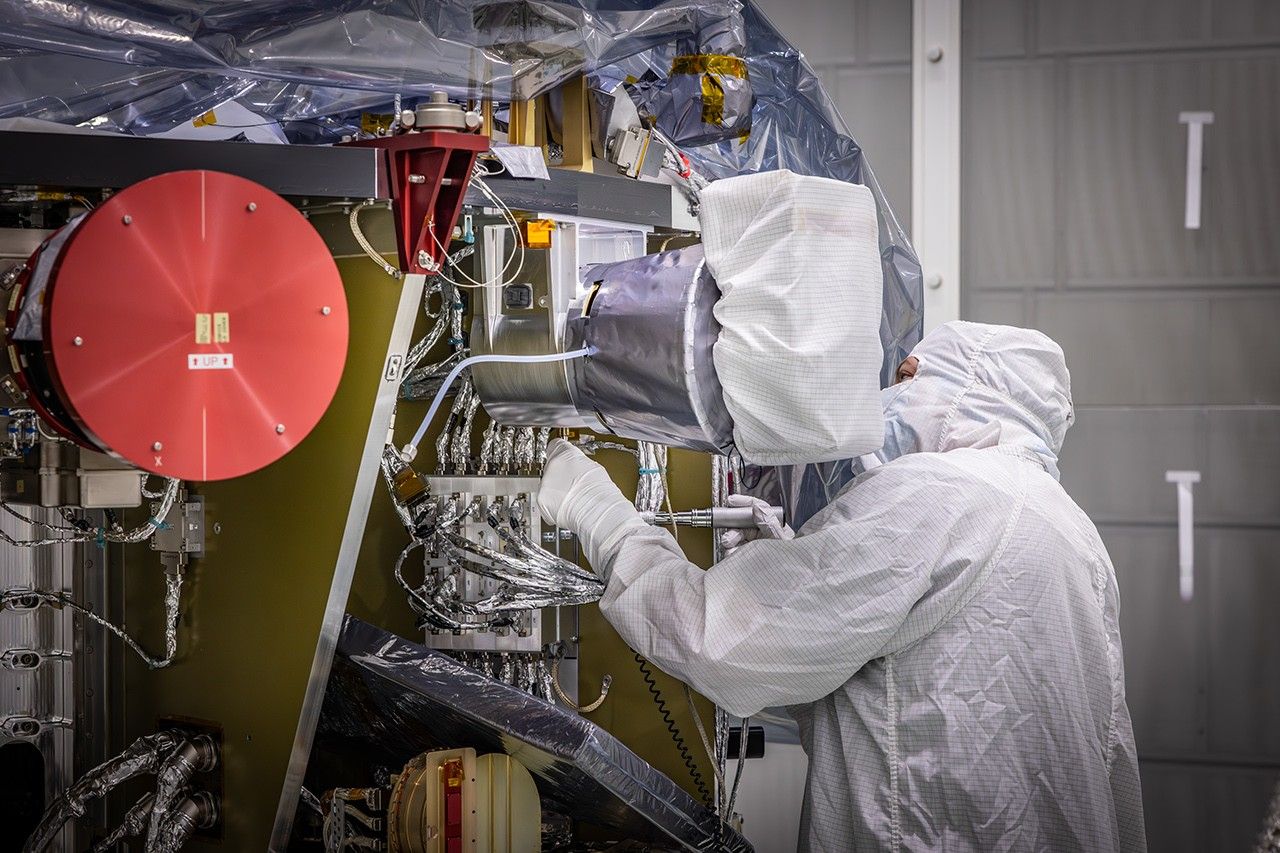
Similar to CoDICE, the SWAPI instrument similar will measure pickup ions and solar wind particles including hydrogen and helium, in addition to collecting data about ion conditions such as temperature, density, and speed.
The IMAP mission will provide near real-time information from its location at Lagrange Point 1, or L1, located about one million miles away between the Earth and Sun, a pristine vantage point from where it can map the entire heliosphere as well as study the physics of how particles gain energy. The data from the IMAP mission can help explain how our solar system supports life, as well as aid the search for life beyond our solar system.
IMAP will continue undergoing prelaunch operations with several key events coming up, including the installation of the recently arrived flight solar arrays, which will provide a source of power for the observatory.






